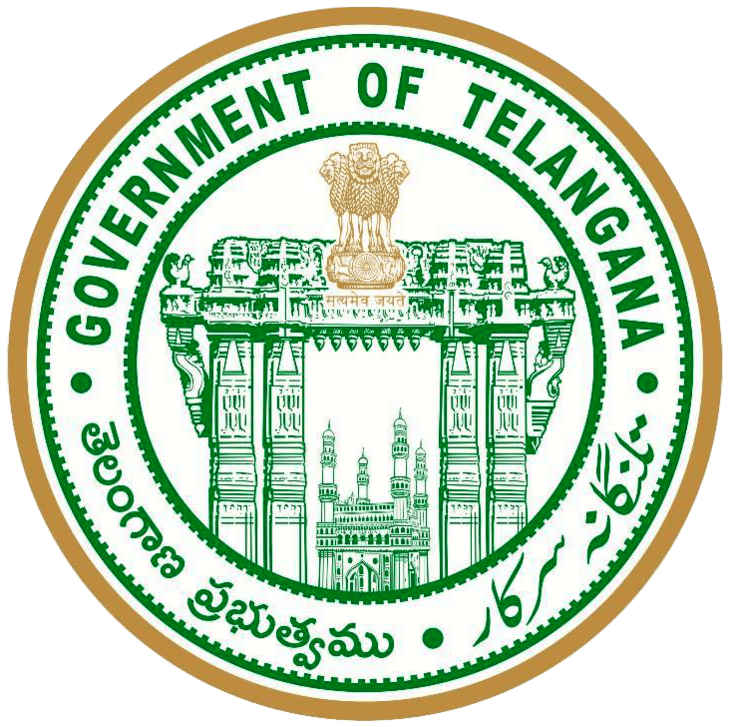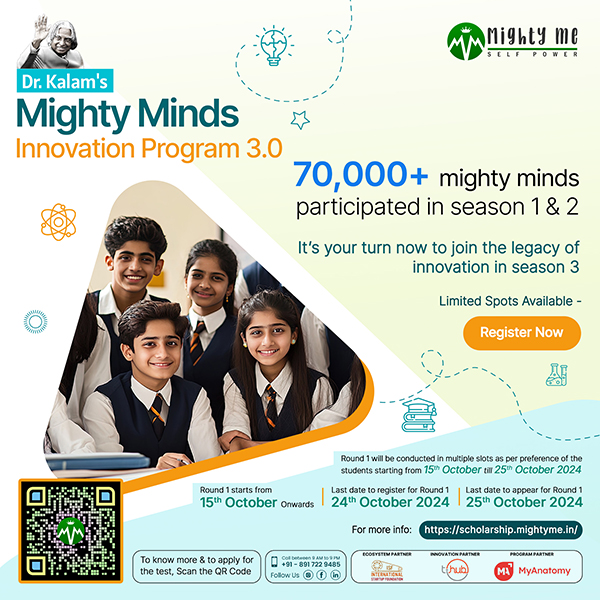The COVID-19 pandemic strained the Indian healthcare ecosystem. It highlighted a need to shift towards a more patient-oriented, digitalised, and technologically advanced system.
Due to the rapid changes in healthcare technology and infrastructure, healthcare startups have become community-centric, accessible, and affordable. It has shifted the focus of the innovation ecosystem towards distant care in the post-pandemic world.
In the post-pandemic world, the trends in the healthcare sector are still changing. Let’s look at the dynamics of this corporate and startup ecosystem.
Adopting Telemedicine
Telemedicine is a facet of distant care. Telehealth offers consultations over the phone, video calls, messaging apps, and emails. By doing so, telehealth allows patients to access the best physician care from home while saving travel costs and time. These teleconsultations also provide patients in rural and tribal areas access to the urban healthcare infrastructure.
The Indian telemedicine industry was valued at USD 1.10 billion in 2022 (1). The value is expected to grow at a compounded annual growth rate (CAGR) of 21.2 per cent from 2022 to 2030, reaching USD 5.15 billion.
The Indian government’s e-Sanjeevani telehealth initiative and healthcare startups like Practo, DocsApp, and mDiagnostics have led to its growth. Not just this, startup accelerator programs through business incubation led to a rise in industry awareness.
Remote Patient Management
More than just prescribing medicines online may be required; the patients must also be monitored. Here’s where remote patient management (RPM) comes into play. Patient vitals can be monitored remotely using information technology via wearables and smart home devices.
Vital information, such as oxygen levels, blood sugar, blood pressure, etc, can be accessed here.
RPM is rapidly taking over innovation in India, offering increased accountability for patients and affordable quality healthcare at home. Not just imagine how many patients can be prevented from in-person infections, delayed emergency room visits, etc. Due to the many advantages of RPM, this startup ecosystem is said to grow at a CAGR of 18.3 per cent from 2022 to 2029. (2)
Preventive Healthcare Through Lifestyle Changes
Since the pandemic, the priority of the healthcare sector has shifted. The focus is now on adopting preventive healthcare practices from the age-old approach of curative medicine. These practices include:
- Immunisation against vaccine-preventable diseases
- Regular health check-ups for the early detection of ailments
- Management of non-communicable diseases
It also focuses on health tracking, physical fitness, and wellness. Preventive healthcare is also making space for startups like Cure. Fit, Redcliffe, Smiles.ai, and HealthifyMe. The preventive healthcare sector is pioneering innovation in India. The industry is growing at a CAGR of 22 per cent and is set to reach USD 197 billion by 2025(3).
Leveraging big data, AI and ML to deliver quality healthcare.
The development and discovery of drugs have accelerated with the help of big data, artificial intelligence, and machine learning. Healthcare Startups and providers are leveraging emerging technologies to –
- Improve patient outcomes
- Predict potential health problems
- Improve the accuracy of diagnosis
- Enhancing patient care and accessibility
- Reducing healthcare costs for both patients and providers
Also, AI and ML are being used to improve patient engagement and care coordination. Healthcare startups like Practo, Healofy, Qure.ai, and AI Doctor are developing chatbots that answer patients’ questions, book appointments, and provide relevant health information.
Prioritising Healthcare Insurance
The Indian healthcare system is expanding at a CAGR of 22 per cent (4). How? With increased focus on:
- Self-reliance
- Digital transformation
- Fair access to healthcare
- Innovation and research
- Drug and equipment manufacturing
The industry was valued at USD 86 billion in 2016 and is projected to reach USD 638 billion by 2025. This growth and the pandemic-induced health costs are also giving centre stage to the healthcare insurance industry.
Insurance companies now cover COVID-19 treatments, quarantine costs, telemedicine services, and mental health treatments. The government’s Pradhan Mantri Jan Arogya Yojana and Ayushman Bharat scheme also offer health insurance at affordable costs. These initiatives harbour innovation in the Indian healthcare sector.
Delivering Medicine Through E-pharmacies
Internet penetration and digital payments have led to growth in the e-pharmacy space in India. As per a KPMG-FICCI report, the e-pharmacy market was valued at USD 344.8 million in 2021(5). The CAGR will grow at 21.28 per cent between 2021 and 2027. E-pharmacies offer people convenient ways to purchase:
- Prescription medicines
- Over-the-counter drugs
- Health supplements
- Personal care products
Startups like Netmeds, Pharmeasy, Medlife, and Practo offer free home delivery services, easy ordering and payment options, and discounts. All these services are aimed at helping change the dynamics of the healthcare sector.
Improving Rural Health Infrastructure
The pandemic emphasised the lack of medical facilities and infrastructure in the rural areas of India. Therefore, in the post-pandemic world, healthcare stakeholders have made healthcare accessible and cost-effective for the rural population. 903 million(6) people are aimed to be benefited through digital avenues like:
- Telemedicine
- Remote monitoring
- E-pharmacies
- Government initiatives
- Insurance schemes
Overall, many factors are contributing to the changing dynamics in Indian Healthcare. Digitalisation, emerging technologies, government schemes and support all play an equal role in transforming the healthcare sector to deliver quality services at affordable costs to every citizen.






